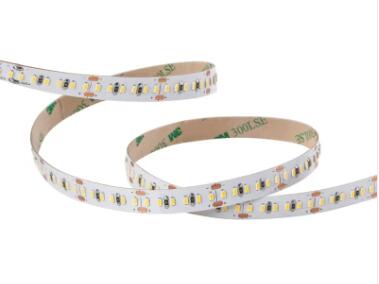Illuminating the Future: The Evolution of LED Professional Lighting
2023-10-23
In the world of lighting, a remarkable transformation has taken place over the last few decades. The advent of Light Emitting Diodes (LEDs) has not only revolutionized the way we light our homes and commercial spaces but has also ushered in a new era of energy-efficient and environmentally-conscious illumination. In this article, we explore the evolution and significance of LED professional lighting and its impact on various industries.
The Emergence of LED Lighting
The story of LED lighting begins with the development of the LED itself in the early 1960s. Initially used primarily as indicator lights in electronic devices, LEDs have come a long way since then. In the late 20th century, scientists and engineers began to harness the potential of LEDs for general lighting. This led to a series of breakthroughs in LED technology, resulting in brighter, more efficient, and longer-lasting LED bulbs.
The Advantages of LED Professional Lighting
1. Energy Efficiency: One of the most significant advantages of LED lighting is its exceptional energy efficiency. LEDs use significantly less electricity compared to traditional incandescent or fluorescent lights, which not only reduces electricity bills but also lowers the carbon footprint.
2. Longevity: LED bulbs are known for their longevity. They can last for tens of thousands of hours, reducing the frequency of replacements and maintenance.
3. Durability: LEDs are robust and resistant to shock and vibrations, making them ideal for various applications, including outdoor and industrial lighting.
4. Instant Illumination: Unlike some other types of lighting, LEDs light up instantly, with no warm-up time, providing immediate illumination.
5. Dimmability: Many LED bulbs are dimmable, offering flexibility in adjusting the brightness according to specific needs, which can also contribute to energy savings.
6. Color Options: LED lighting offers a wide range of color options, and color temperature can be easily adjusted, allowing for customized lighting solutions.
Applications in Professional Lighting
LED professional lighting has found applications in a multitude of industries:
1. Architectural Lighting: LEDs have opened up new possibilities in architectural lighting. They can be used to highlight building facades, create dramatic lighting effects, and enhance the visual appeal of structures.
2. Commercial Spaces: LED lighting is widely adopted in commercial spaces such as offices, retail stores, and hospitality venues. It provides consistent and energy-efficient illumination for these settings.
3. Street Lighting: Many municipalities are replacing traditional streetlights with LED fixtures. LED streetlights offer bright, uniform illumination and contribute to energy and cost savings.
4. Entertainment and Stage Lighting: LEDs have become integral in entertainment and stage lighting. Their versatility and ability to create dynamic color changes have transformed the industry.
5. Horticultural Lighting: In agriculture and horticulture, LED lighting is used for optimized plant growth. It allows for customized light spectra to suit specific plant requirements.
6. Healthcare: In healthcare facilities, LEDs are used for surgical lighting, patient rooms, and various medical equipment, providing clear and precise illumination.
Environmental Impact and Sustainability
LED professional lighting not only saves energy and money but also contributes to sustainability. LED lights contain no hazardous materials, such as mercury found in fluorescent bulbs, and are fully recyclable. By reducing energy consumption, they also have a positive impact on reducing greenhouse gas emissions.
In conclusion, LED professional lighting has come a long way, and its applications continue to expand. As technology evolves, we can expect even more advanced and efficient LED lighting solutions to shape the future of lighting, making our world brighter, more sustainable, and energy-efficient. Whether it's illuminating our homes, streets, or commercial spaces, LEDs are poised to continue leading the way.



